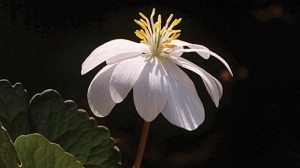Applications for Ohio Farm Bureau Health Plans now available
Members have three ways to apply: contacting a certified agent, calling 833-468-4280 or visiting ohiofarmbureauhealthplans.org.
Read MoreHome gardeners love to create attractive landscapes, full of color, variety and texture. Most of the traditional hardwoods, perennials and annuals used for these purposes are of foreign origin, such as Europe or Asia. However, there is renewed interest in incorporating native plants -plants that grow in the wild and are native to Ohio- as part of the landscape.
According to Ohio State University Extension, Ohio is fortunate to have a great diversity of plants to choose from, including many that thrive under adverse conditions. Native plants can be found to suit a variety of sites: wet or dry, sun or shade, high or low fertility and acidic or clay-like soils. When used correctly, native plants may be better adapted to local environmental conditions, be of increased value to wildlife, require less maintenance, provide four-season interest, be a good choice for an informal landscape, preserve native species and biodiversity and add a local accent.
Mike Ecker, director of horticulture at The Dawes Arboretum near Newark, oversees Dawes’ plant production, plant records, plant mapping and caring for the arboretum’s various plant collections. Of the 1,710 total acres at Dawes, he is responsible for 250 gardens and collections.
Ecker believes interest in native plants is growing because more Ohioans are aware of the problems associated with construction and development and their effects on harming habitats. “Our heritage is disappearing,” he said. “People are more interested in putting things back that we’re losing.”
Interest is growing, but some misconceptions are growing, too, Ecker said. There’s a myth that “if I plant native plants I have no troubles.” However, plants have to have the “correct habitat or they won’t perform.”
Blooming where they’re planted
The key to successfully growing native plants is to plant them in the habitat they like. They need certain soil, drainage conditions and amounts of organic matter to thrive. It is important to know what conditions exist in the area where the plants are being considered.
To see what plants might work where you live, Ecker suggested looking at parks in your area and “see what they’re growing, or see what your neighbor is having success with. If they are succeeding, chances are you will, too.” The best place to observe native plants is in their native habitats. “Preserve habitats and you preserve the plants and other organisms living within,” he said.
Some locations Ecker suggested to visit are Holden Arboretum in northeast Ohio and Cox Arboretum near Dayton. Cedar Bog Nature Preserve, near Urbana, is a very specific habitat, he said, and the only site in Ohio that has native arborvitae, an evergreen. In northwest Ohio, try Oak Openings Preserve, part of the Toledo Metroparks, which is full of native oaks and other plants in sandy soils. Spring Grove Cemetery near Cincinnati is a must see, according to Ecker. The cemetery was created by the Cincinnati Horticultural Society in the 1840s to be both a cemetery and a landscape work of art. Still a functioning cemetery, Ecker said it is filled with champion trees and “a really good plant collection.”
What to plant
Ecker said some popular native wildflowers that flourish in the right conditions are Bloodroot, Mayapple, wild geranium, Jack-in-the-Pulpit, Solomon’s seal, Squirrel Corn and Ohio’s state wildflower, Trillium. All of these are spring blooming. For summer, he suggested asters and goldenrod.
Several plants that are easy to grow in the right soils include ironweed, butterfly weed, milkweed and Joe Pye weed. These plants grow much taller than the wildflowers. Even though they have the word “weed” in their name, don’t take that as a negative. Butterfly weed and milkweed both attract butterflies.
Ecker said native plants are more striking when planted in larger groups. By mixing groups of ironweed, Joe Pye weed and New England aster, which has a beautiful blue flower, a nice combination of flowers will result, especially in the fall.
If gardeners are looking for a shrub, Ecker said an unusual plant is the gray twigged dogwood, a native shrub. It produces white flowers and white fruits that birds love.
Ecker said some nonnative plants, such as English ivy and periwinkle, are choking out native plants. They are especially dangerous if planted near woods, where they can take over. Instead, try woodbine, a native vine with beautiful flowers that bloom in June.
Buying tips
It is illegal to transplant native plants from state parks, preserves or other private property without permission. Rick Gardner, heritage botanist with Ohio Department of Natural Resources’ division of natural areas and preserves, said the best way to obtain plants is to contact local wildflower rescue groups. They collect native plants from sites that are going to be developed, then look for people willing to take them. Other groups that rescue native plants are native plant societies or conservancies.
More and more nurseries are selling native plants and wildflowers. When buying native plants, be sure to purchase from a nursery or other business that is inspected by the Ohio Department of Agriculture. Beware of buying off the Internet from a source that can’t be verified; the plants could be carrying diseases or insects, Dawes’ Ecker said.
If there is any downside to native plants, it’s that deer and other critters love to eat them. “Some plants most (resistant) to deer are nonnative,” Ecker said.
What is a native plant?
All native plants once grew in the wild, but many plants currently found in the wild may not be native. The following general definitions clarify the difference between native plants and others.
Native plant: a plant that grows in the wild without human intervention.
Exotic plant: a plant that was introduced by human intervention from another area or country (accidentally or purposefully).
Naturalized: an exotic plant that has escaped from cultivation and now grows in the wild.
Wildflower: any flowering plant, usually herbaceous, that grows in the wild (native or naturalized).
Invasive: a plant that competes vigorously and takes over habitat.
Noxious: a plant that is so invasive it is regulated by state or federal laws.
Source: Ohio State University Extension
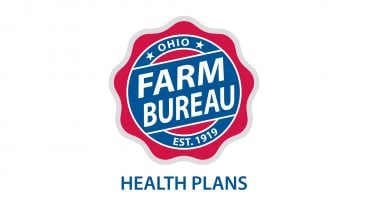
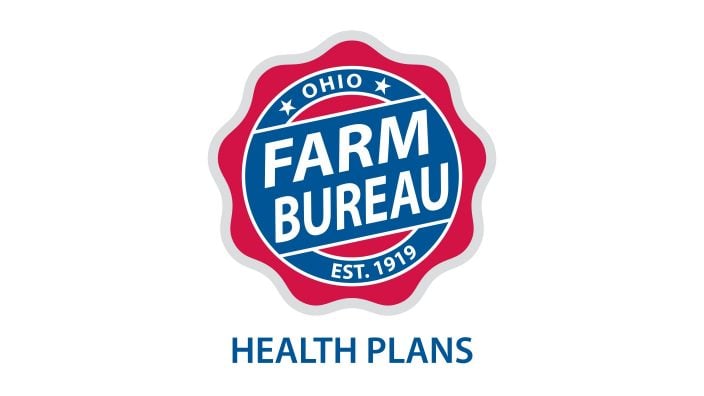
Members have three ways to apply: contacting a certified agent, calling 833-468-4280 or visiting ohiofarmbureauhealthplans.org.
Read More

Bill Patterson, Cy Prettyman and Adele Flynn will continue to serve as officers for Ohio Farm Bureau Federation.
Read More
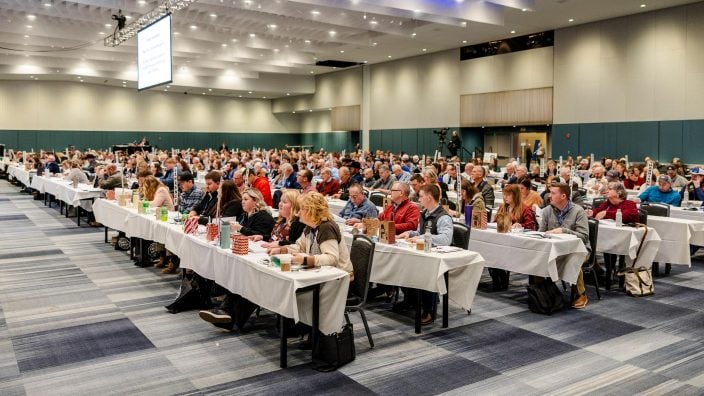
Delegates discussed many topics impacting agriculture including farmland preservation, local foods, and succession planning.
Read More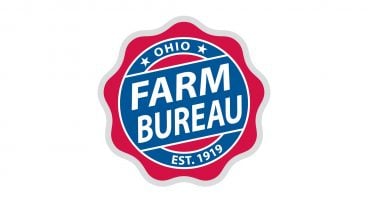
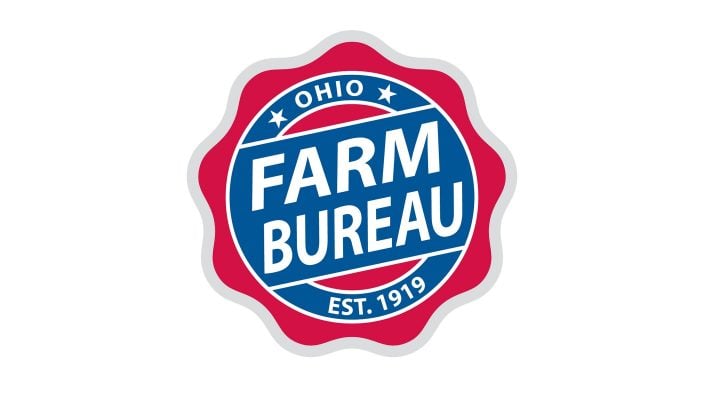
Twenty-six farmers govern the state’s largest farm and food organization.
Read More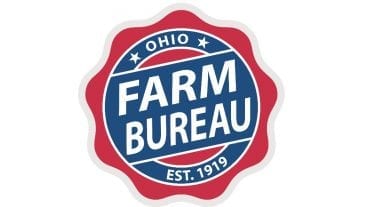
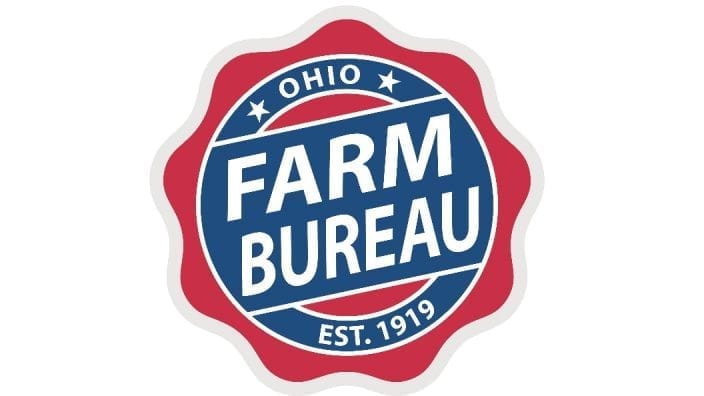
The 2025 recipients are Fred Cooke (posthumous) of Richland County, Marvin Dietsch of Williams County, Steven Knollman of Hamilton County and Michele Miller (posthumous) of Ottawa County.
Read More
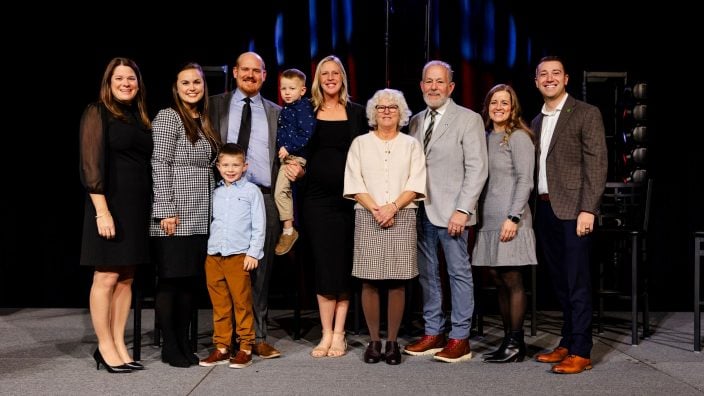
Nathan and Jill Parriman grow seasonal crops, including Christmas trees, pumpkins and cut flowers, providing U-cut experiences that invite customers to engage directly with agriculture.
Read More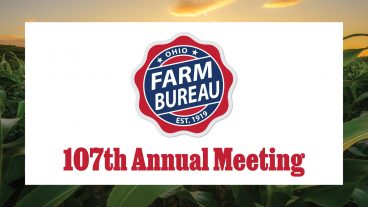
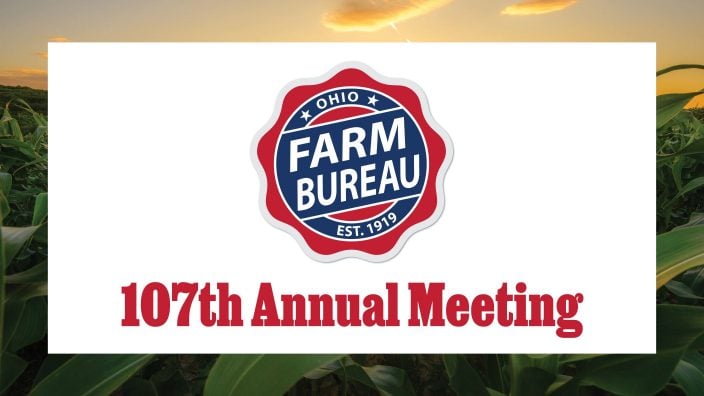
The 2025 Distinguished Service Award recipients are Craig Adams, Mike Townsley, and Kellogg Farms, Kurt Farms and Stateler Family Farms.
Read More

Ohio Farm Bureau Treasurer Adele Flynn participated in the meeting, representing Ohio farmers.
Read More

For Ohio and PJM region, the outlook is reassuring—ample reserves and strong planning should keep the power on.
Read More

The average price for a classic holiday feast for 10 in Ohio will cost $55.87.
Read More